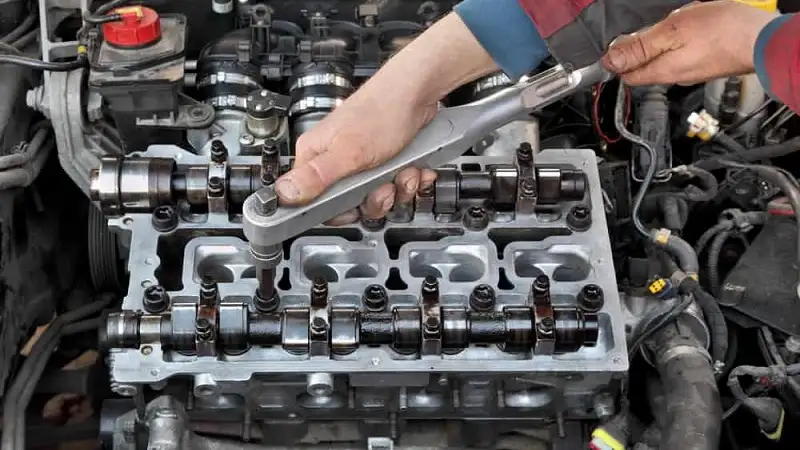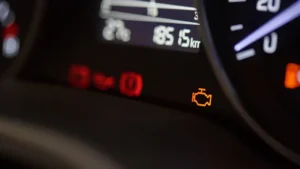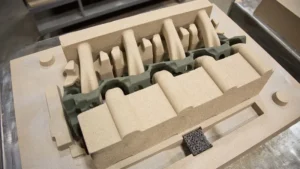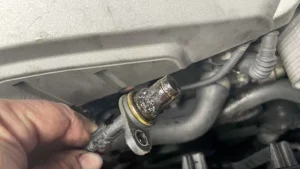The diesel engine block is the core of any diesel-powered vehicle or machinery. It houses the cylinders, supports the crankshaft, and provides mounting points for other engine components. Over time, even well-maintained engine blocks can suffer from wear, corrosion, or damage, which can compromise performance and reliability. Knowing how to properly inspect and, if necessary, replace a diesel engine block is essential for mechanics, fleet operators, and diesel enthusiasts alike.
This guide walks through the essential steps of inspecting a diesel engine block, identifying common issues, and performing a replacement safely and effectively.

Understanding the Diesel Engine Block
- Cylinder Housing: The block contains cylinders in which pistons move up and down to produce mechanical power.
- Structural Support: It supports the crankshaft, camshaft, and other engine components.
- Fluid Channels: Engine blocks have integrated channels for coolant and oil to regulate temperature and lubrication.
Due to these critical functions, any cracks, warping, or corrosion in the engine block can lead to serious engine failures.
Tools and Equipment Needed
- Engine hoist or crane for removal and installation
- Torque wrenches and ratchets
- Feeler gauges and micrometers
- Straight edges and dial indicators for warpage measurement
- Cleaning tools: wire brushes, degreasers, and solvents
- Replacement gaskets, seals, and fasteners
Having a service manual for the specific engine model is crucial to follow torque specifications and assembly sequences accurately.
Step 1: Preparing the Engine for Inspection
- Disconnect the Battery: This prevents accidental electrical shorts during disassembly.
- Drain Fluids: Remove engine oil and coolant to prevent spills.
- Remove Peripheral Components: Take off the cylinder head, intake and exhaust manifolds, fuel system, and other accessories.
- Label Components: Mark hoses, bolts, and wiring connections to simplify reassembly.
Preparation ensures a safe working environment and reduces the risk of damaging delicate components.
Step 2: Visual Inspection
Begin with a thorough visual inspection. Look for the following issues:
- Cracks or Fractures: Commonly found near cylinder walls, mounting points, or the water jacket.
- Corrosion or Rust: Often appears in older engine blocks exposed to coolant leaks or improper maintenance.
- Wear Patterns: Excessive wear around cylinder bores or deck surfaces may indicate poor lubrication or overheating.
- Loose Threads: Stripped bolt holes or damaged threads can affect the integrity of the engine assembly.
Using a bright light and magnification can help detect minor cracks or surface imperfections that are easy to miss.
Step 3: Measuring Cylinder and Deck Surfaces
- Cylinder Bore Measurement: Use a micrometer or bore gauge to measure cylinder diameter and taper. Uneven wear can affect compression and engine performance.
- Deck Surface Flatness: Place a straight edge across the top of the block and measure gaps with feeler gauges. Warped decks can cause head gasket failure.
- Crankshaft and Main Bearing Journals: Check for wear, scoring, or out-of-round conditions that could compromise rotation smoothness.
If measurements exceed manufacturer tolerances, the block may require boring, honing, or replacement.
Step 4: Non-Destructive Testing
- Magnetic Particle Inspection (MPI): Detects surface and near-surface cracks in ferrous materials.
- Dye Penetrant Inspection: Highlights hairline cracks in non-ferrous or ferrous metals.
- Pressure Testing: Ensures water jackets and oil passages are leak-free.
These tests are particularly useful for fleet maintenance, used engine procurement, or performance engine rebuilding.
Step 5: Removing the Diesel Engine Block
- Detach the Transmission and Drivetrain: This prevents stress on the engine mounts during removal.
- Support the Engine Properly: Use an engine hoist with secure lifting points.
- Remove Mounting Bolts: Follow a crisscross pattern when loosening main bolts to prevent twisting.
- Lift the Engine Block: Ensure all hoses, wiring, and accessories are free to prevent snags or damage.
Handling a diesel engine block requires caution due to its weight, which can range from 200 to over 500 pounds depending on the size and material.
Step 6: Preparing the Replacement Block
- Clean the Block Thoroughly: Remove oil, dust, and debris from all passages and surfaces.
- Check Machining Tolerances: Ensure cylinder bores, deck surfaces, and bearing journals match specifications.
- Install Core Plugs and Oil Galleries: Make sure all seals, plugs, and channels are correctly positioned to prevent leaks.
Using high-quality replacement blocks ensures long-term reliability and performance.
Step 7: Reassembly and Installation
- Install Pistons and Crankshaft: Apply assembly lube to bearings and journals.
- Torque Bolts to Specification: Follow manufacturer-recommended torque sequences to avoid warping or stress fractures.
- Attach Cylinder Head and Accessories: Ensure gaskets are properly seated and all bolts are tightened incrementally.
- Reconnect Wiring and Fluids: Refill engine oil and coolant, checking for leaks.
- Test the Engine: Perform a compression test and run the engine under light load initially to monitor performance.
Proper reassembly is critical to avoid catastrophic engine failures and to restore full diesel engine performance.
Step 8: Preventive Maintenance Tips
- Maintain regular oil and coolant changes to prevent corrosion and overheating.
- Monitor for coolant leaks around the cylinder head and block.
- Avoid engine overloading which can accelerate wear.
- Periodically inspect cylinder bore wear and compression for early detection of issues.
A well-maintained engine block can last hundreds of thousands of miles, even under heavy-duty conditions.
Conclusion
Inspecting and replacing a diesel engine block is a detailed process that requires knowledge, precision, and the right tools. By carefully following inspection steps, measuring wear accurately, and performing a controlled replacement, mechanics can ensure engine longevity and performance. Whether for fleet maintenance, engine rebuilding, or heavy-duty applications, understanding the intricacies of diesel engine blocks is essential for reliable operation and optimal performance.



